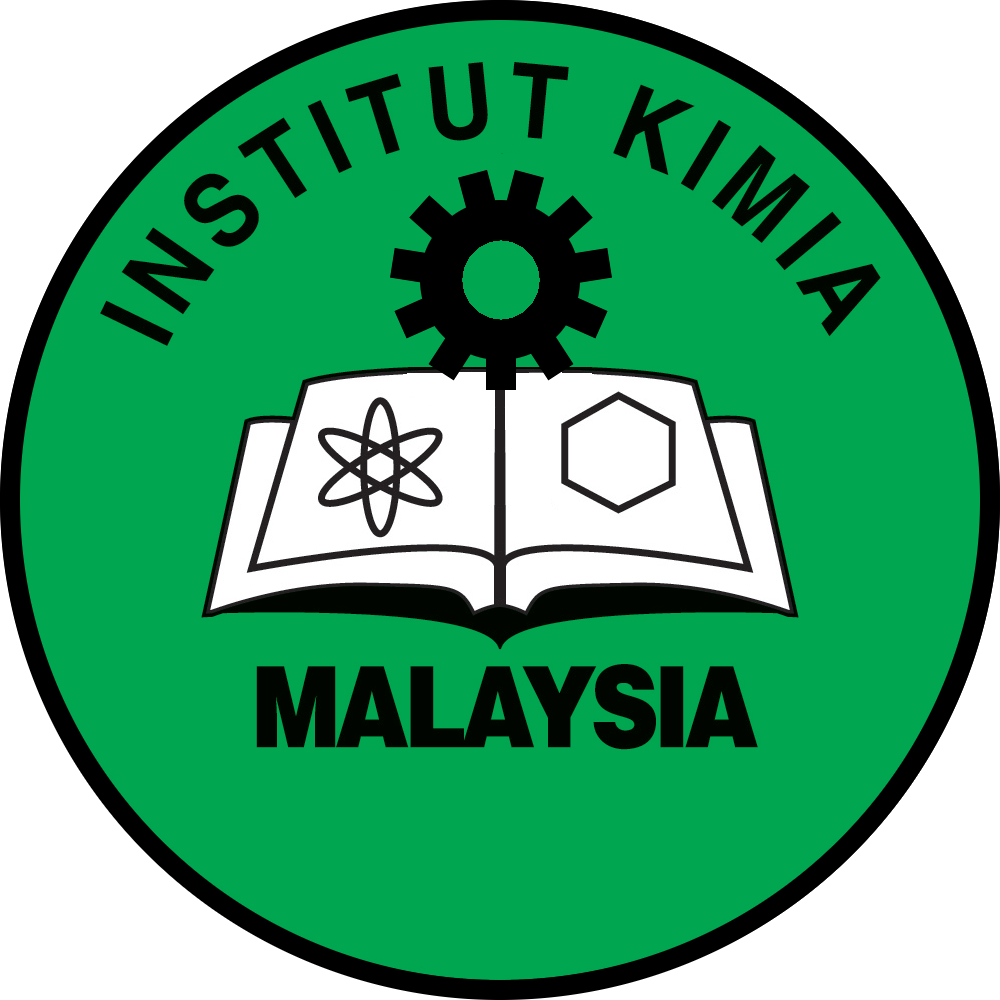Isolation, Identification and Glucose Uptake Activity of Flavonoids from Bouea macrophylla Griff.
DOI: https://doi.org/10.55373/mjchem.v26i1.180
Keywords: Bouea macrophylla; kundang; flavonoids; isolation; elucidation; HPLC; NMR; glucose uptake
Abstract
Bouea macrophylla Griff. (B. macrophylla) is a tropical fruit-bearing tree belonging to the Anacardiaceae family. Various parts of this plant have many uses including in culinary, cultural as well as ethnopharmacology uses. Previous research by our group on a closely related plant from the same genus, B. oppositofolia, revealed the presence of various flavonoids. The objective of the current study was to isolate and identify flavonoids from B. macrophylla. The isolation process involved purifying the twig extract of B. macrophylla using chromatographic techniques, including Vacuum Liquid Chromatography (VLC), Column Chromatography (CC), and preparative-Thin Layer Chromatography (pTLC). The structures of isolated compounds were determined through spectroscopic methods including Nuclear Magnetic Resonance (NMR), infrared (IR), and ultraviolet (UV) spectral data analysis, as well as comparison with previous literature data. Five flavonoids (1–5) have been successfully isolated, namely fustin (1), taxifolin (2) and the isomers of astilbin which are neoastilbin (3), astilbin (4) and isoastilbin (5). The results of glucose uptake assay indicated that the astilbin isomers tested has effect on glucose uptake rate of insulin-resistant myoblast cell line as compared to the standard drug, rosiglitazone. This is the first report describing elucidation of the isolated flavonoids from B. macrophylla as well as its glucose uptake study.
